Guide to Tajikistan

The smallest country in Central Asia and one of the most mountainous countries in the world. Here you can see ice peaks and hot deserts nearby, hear the Persian language and experience oriental hospitality. Welcome to Tajikistan!
general information
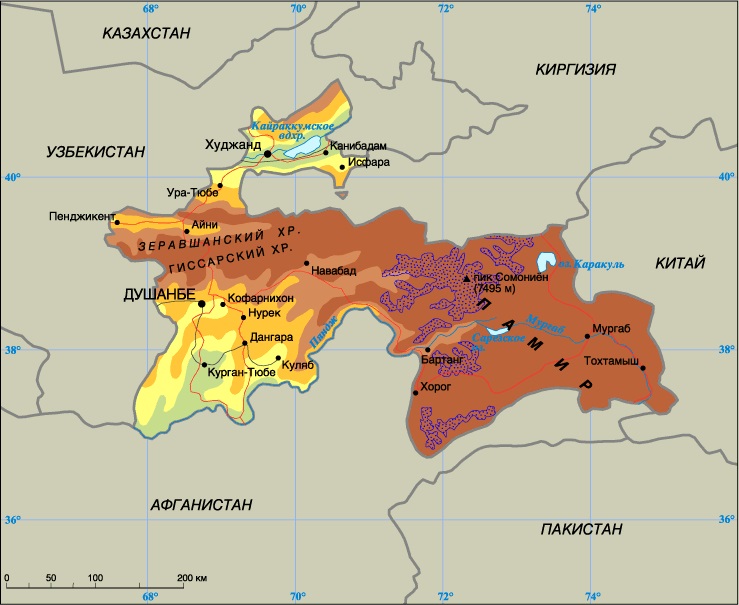
The state is located in Central Asia. The capital is the city of Dushanbe.
The population is 9.5 million people, mostly Tajiks (79.9%) and Uzbeks (17%). The predominant religion is Sunni Islam.
Tajikistan borders Uzbekistan, Kyrgyzstan , China, Pakistan and Afghanistan. Has no access to the sea.
Time in Tajikistan +2 hours from Moscow. The country has one time zone, there is no daylight saving time.
The currency of Tajikistan is somoni.
The Republic is divided into 4 regions:
- Sughd region in the north with the center in Khujand;
- Khatlon region in the south (the main city of Kurgan-Tube);
- regions of republican subordination headed by Dushanbe;
- Gorno-Badakhshan Autonomous Region in the east, where the Pamir is located.
Nature of Tajikistan
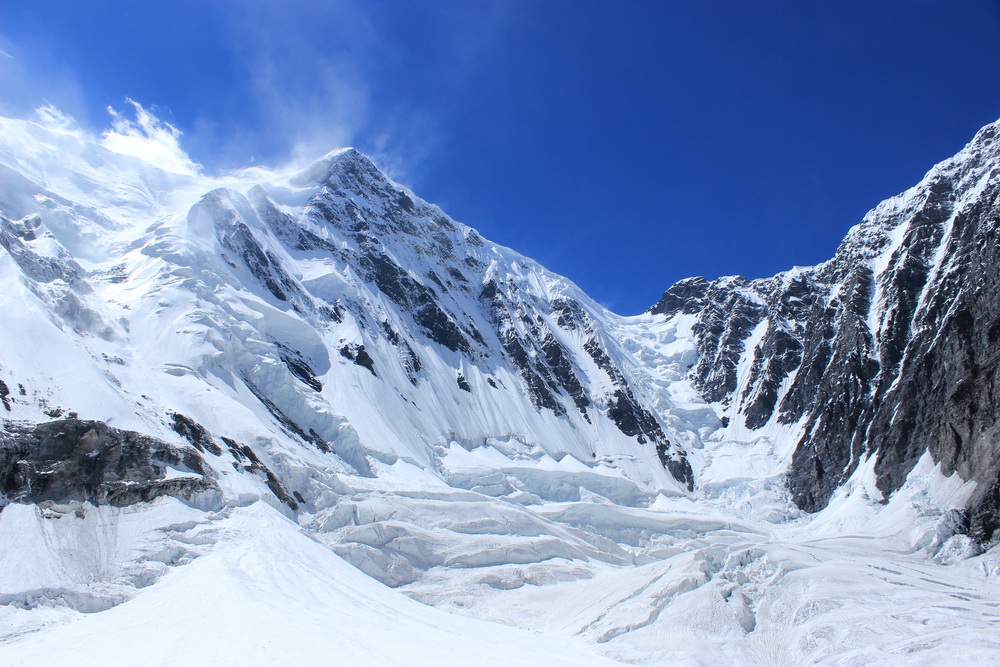 Peak of Ismoil Somoni. Source: alpclb.ru
Peak of Ismoil Somoni. Source: alpclb.ru
93% of the country’s territory is occupied by mountains belonging to two mountain systems: Pamir and Tien Shan. The highest point of Tajikistan – Communism Peak, now called Ismoil Somoni Peak – 7495 m. It is located in the Western Pamirs you can visit all of these places in tajikistan tour packages.
Semi-deserts in the valleys alternate with alpine meadows and mixed forests, and glaciers tower overhead. Due to the complex relief, nature is almost untouched by man. In the mountains you can meet mountain goats and goitered gazelles, gazelles, snow leopards and brown bears.
The remaining 7% of the flat territory is located in the northwest and southwest. These are arid deserts and semi-deserts. The river valleys are occupied by agriculture. In the floodplain forests – tugai – reed cats, Bukhara deer, wild boars, eared hedgehogs and other wild animals are found .
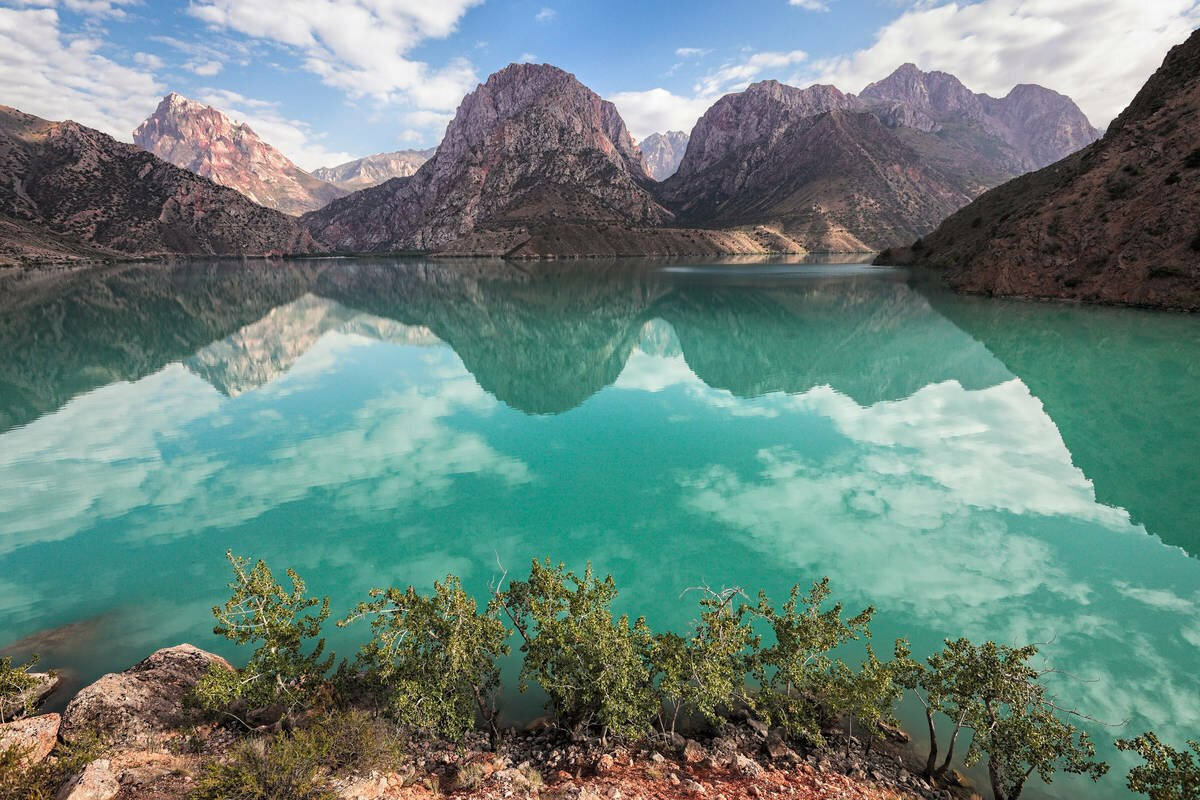 Lake Iskanderkul. Source: zen.yandex.ru
Lake Iskanderkul. Source: zen.yandex.ru
There are about 1300 lakes in the country. Most are located in the mountains. The largest – Karakul – lies at an altitude of 3914 m, and its salty waters are almost lifeless. Tourists love Lake Iskanderkul in the Fann Mountains for its turquoise water and beautiful legend. According to legend, it was here that Alexander (Iskander) the Great stopped during a campaign in India and lost his horse.
Tajikistan has a sharply continental climate with strong daily fluctuations. The valleys have warm (+2 – +8) winters and hot dry summers. It is cooler at altitude, which is very convenient for tourists planning mountain trips.
What to see in Tajikistan
All the flavor of Asia is concentrated in Tajikistan: high mountains, turbulent rivers, hot deserts, ancient fortresses, noisy markets and oriental hospitality.
The mountains
- Pamir
- Fann Mountains
Pamir
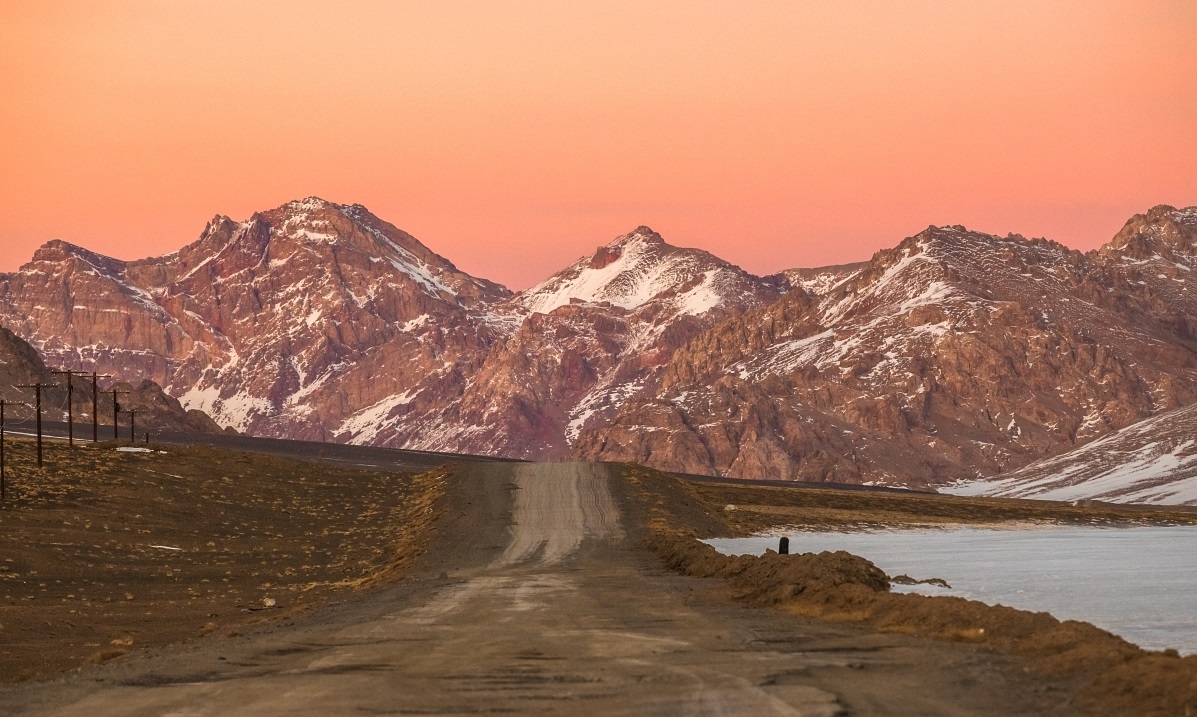 Pamir Highway near Murgab. Source: cont.ws
Pamir Highway near Murgab. Source: cont.ws
The Pamirs are the Mecca of climbers. The mountain range known as the “Roof of the World”, with eternal glaciers and turquoise lakes, is located in the heart of Asia. There are three Pamir seven-thousanders on the territory of Tajikistan: Ismoil Somoni peak (7495 m), Korzhenevskaya peak (7105 m) and Lenin peak (7134 m) on the border of Tajikistan and Kyrgyzstan.
From Khorog to Osh (the latter is located in Kyrgyzstan) stretches the most spectacular part of the Pamir Highway: with gorges, Martian plains and desert landscapes under the shadow of majestic mountains.
Important: to visit the Gorno-Badakhshan Autonomous Region, you need to obtain permission from the Dushanbe migration service.
Fann Mountains
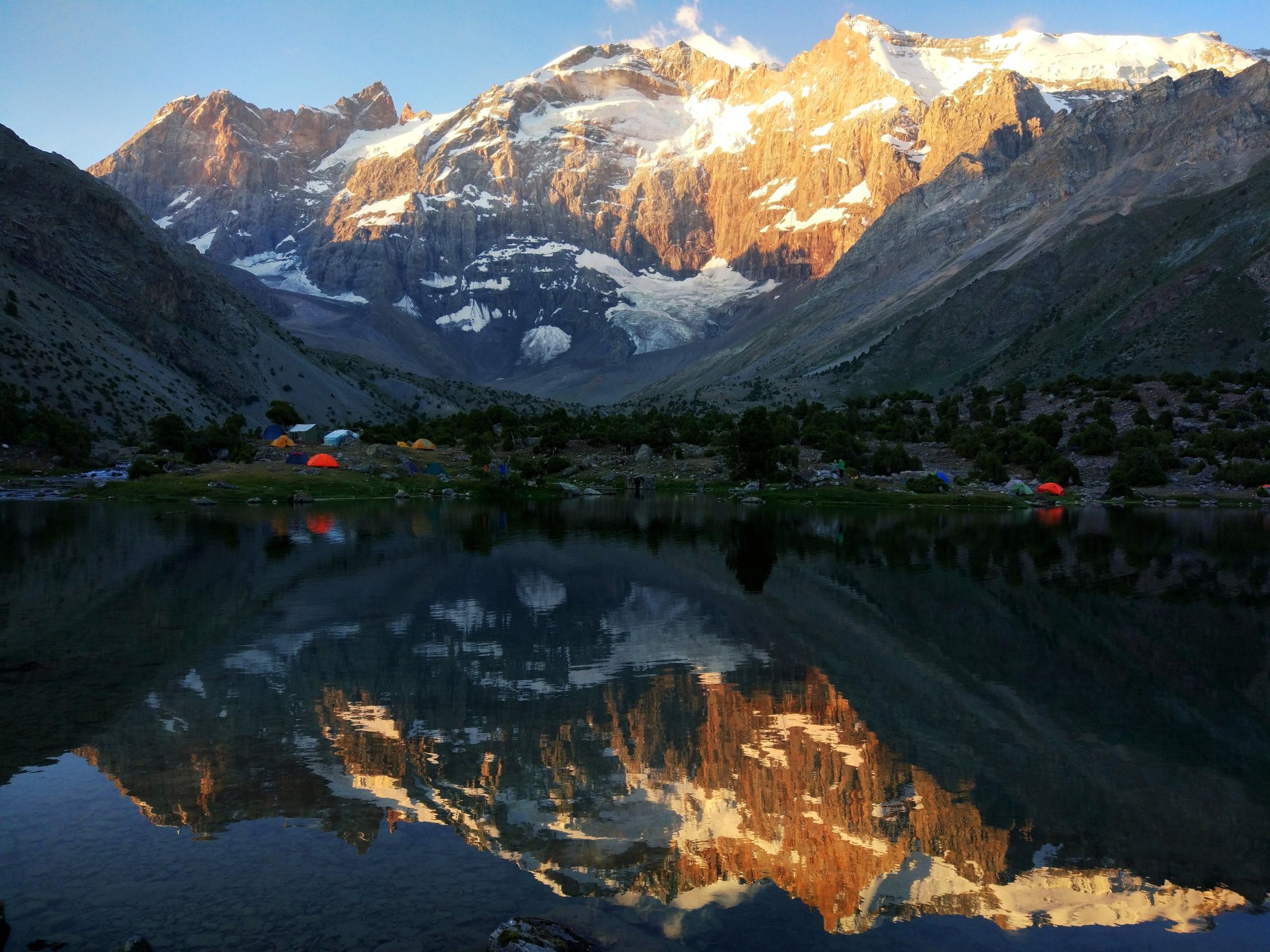 Fann Mountains
Fann Mountains
In the west of Tajikistan, in the Sughd region, the Fann Mountains rise . They are part of the Pamir-Alai system and number 8 five-thousanders, headed by the peak of Chimtarga (5489 m).
Closed by high ridges from the north and south, they are practically protected from bad weather. In July-August it is warm here and there is almost no rain. Sparkling glaciers and picturesque blue lakes, passes and valleys with picturesque villages leave the most pleasant memories in the heart of a tourist. Recommended for romantic trips .
The most convenient way to get to the Fann Mountains is from the territory of Uzbekistan, from ancient Samarkand, which means that you will have to see another beautiful country along the way.
The rivers of the Fann Mountains are born at an altitude of 3000 m and depend on the melting of glaciers. They are most full-flowing in spring and early summer – the best time for rafting. The water temperature does not exceed 5-12 degrees.
Ancient cities and fortresses
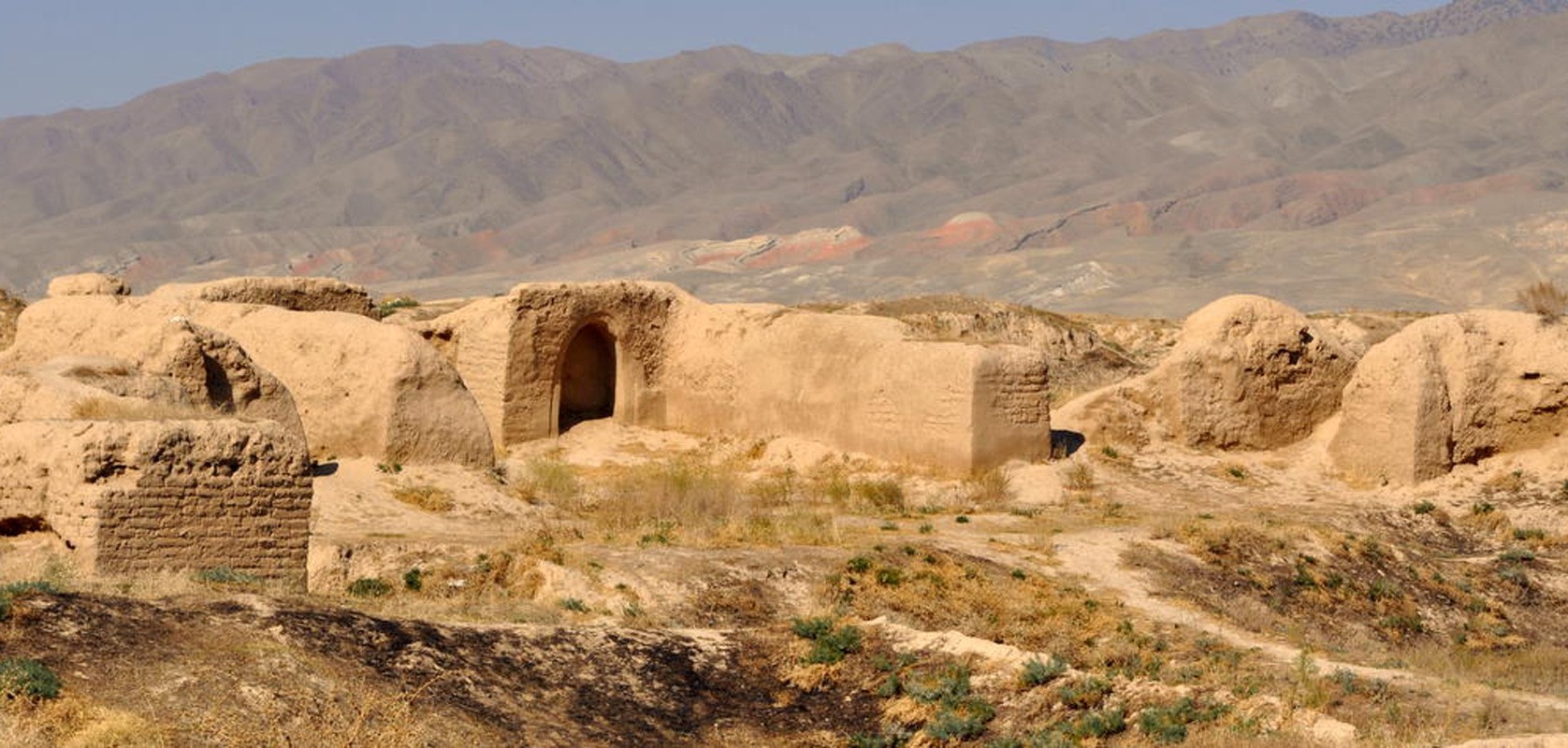 The ancient city of Sarazm. Source: www.comunicom.ru
The ancient city of Sarazm. Source: www.comunicom.ru
- Hissar
- Khujand
- Istaravshan
- Penjikent
The ancient history of Tajikistan begins from the middle of the 1st millennium BC, when East Iranian tribes came to the valleys of the Syr Darya and Amu Darya. At this time, the oldest cities are laid.
Hissar
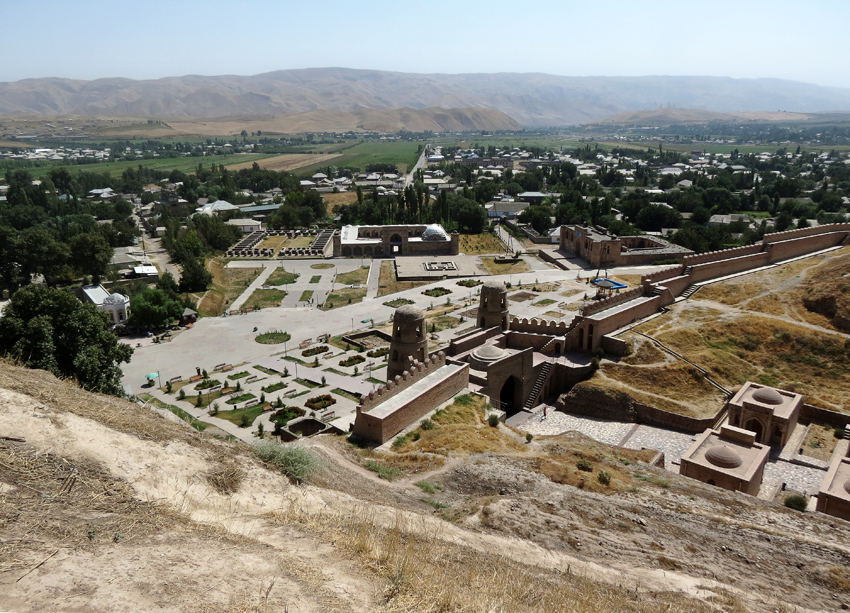 Kalai Square in Hisor. Source: varandej.livejournal.com
Kalai Square in Hisor. Source: varandej.livejournal.com
Gissar is a small town 26 km from Dushanbe, famous for its ancient (IV-V centuries) fortress. On the territory, the buildings of the old and new madrasahs, as well as the foundation of the caravanserai, a hotel where trading caravans along the Great Silk Road once stop, have been preserved. The Hissar Valley is famous for its balneological resorts.
Khujand
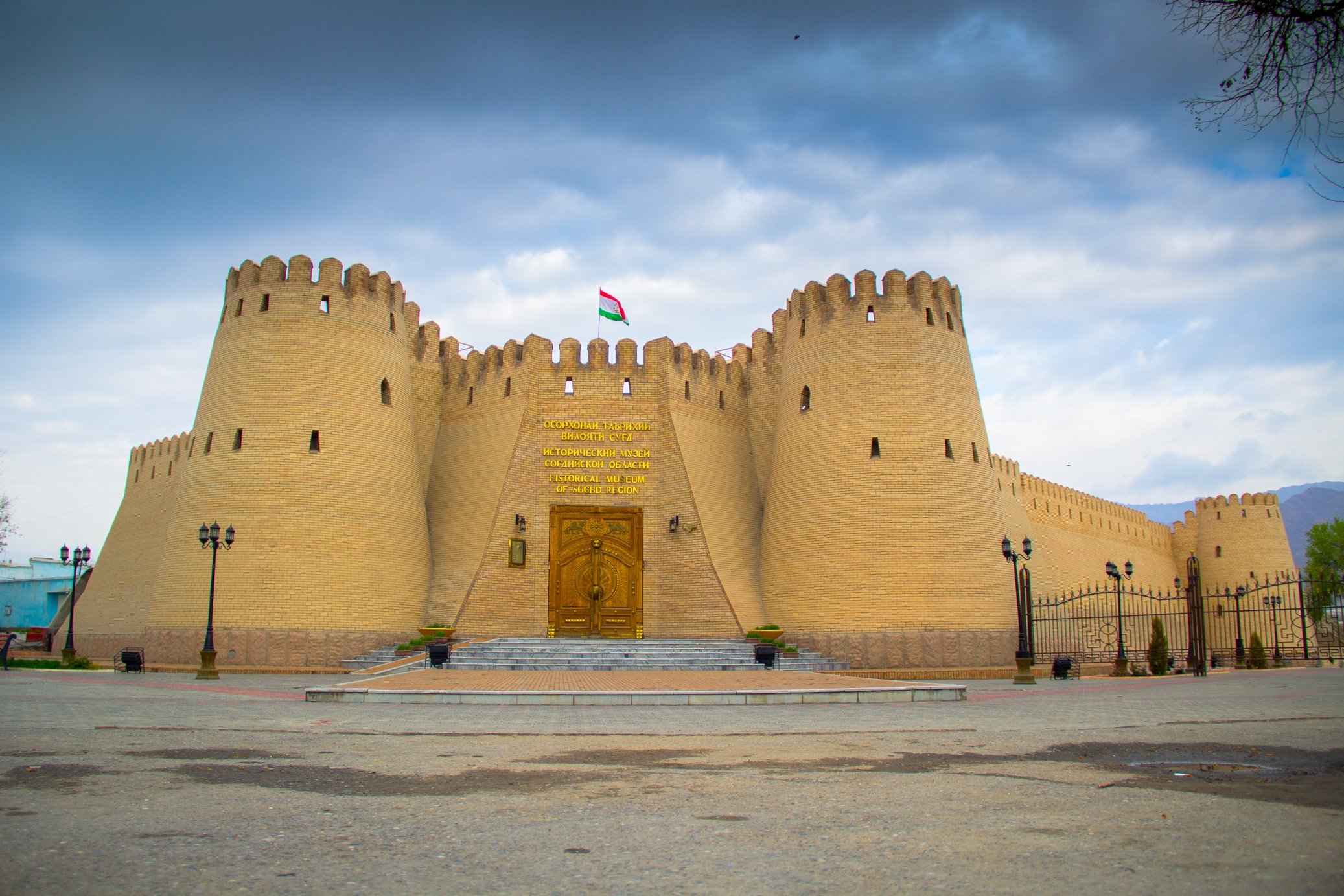 Fortress in Khujand. Source: wikiway.com
Fortress in Khujand. Source: wikiway.com
In the 3rd century BC. On the territory of modern Khujand, Alexander the Great founded the city of Alexandria Eskhata. But according to modern historians, Khujand existed even before the appearance of the conqueror’s army. It is believed that the Khujand fortress was founded in the 6th – 5th centuries. BC. Since ancient times, this city stood at the crossroads of trade routes – today it is a major transport hub and the second largest city in the country.
The main attraction of Khujand (Soviet name – Leninabad) is the Panchshanbe city market – one of the largest covered markets in Central Asia. The city has beautiful mosques and parks, there is a local history museum and a house-museum of the poet Kamol Khujandi.
Istaravshan
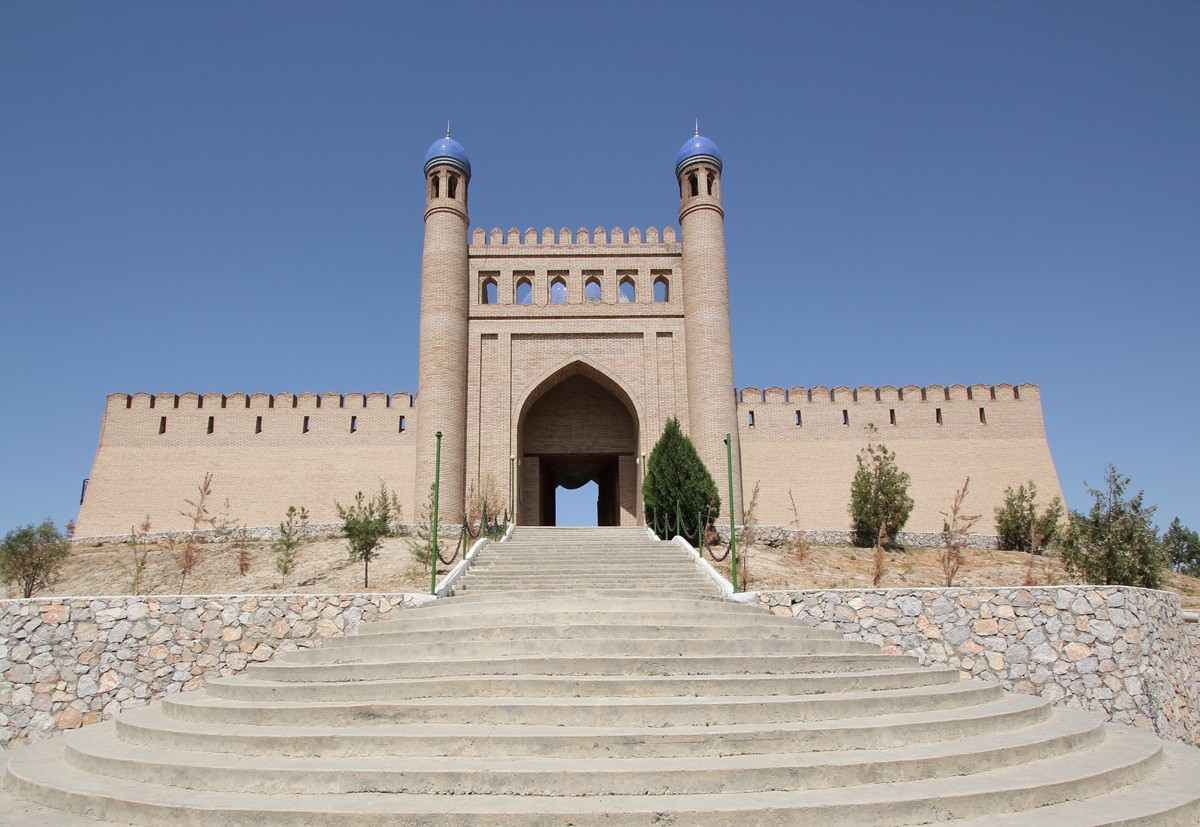 Istaravshan. Source: alaya-travels.ru
Istaravshan. Source: alaya-travels.ru
Istaravshan – a city-museum and a large craft center – was founded in the 6th century. BC. Cyrus the Great on the land of ancient Sogdiana.
For a long time, Zoroastrianism was widespread here, as the ruins of a temple on Mount Mug remind of. The settlement of Mug-tepla is a unique architectural monument, founded in the 12th century. BC. and rich in ancient finds.
The architecture of the 12th-19th centuries has been preserved in the old part of Istaravshan. The mausoleum of Hazrati Shoh, where the cousin of the Prophet Muhammad is buried, is especially revered.
Penjikent
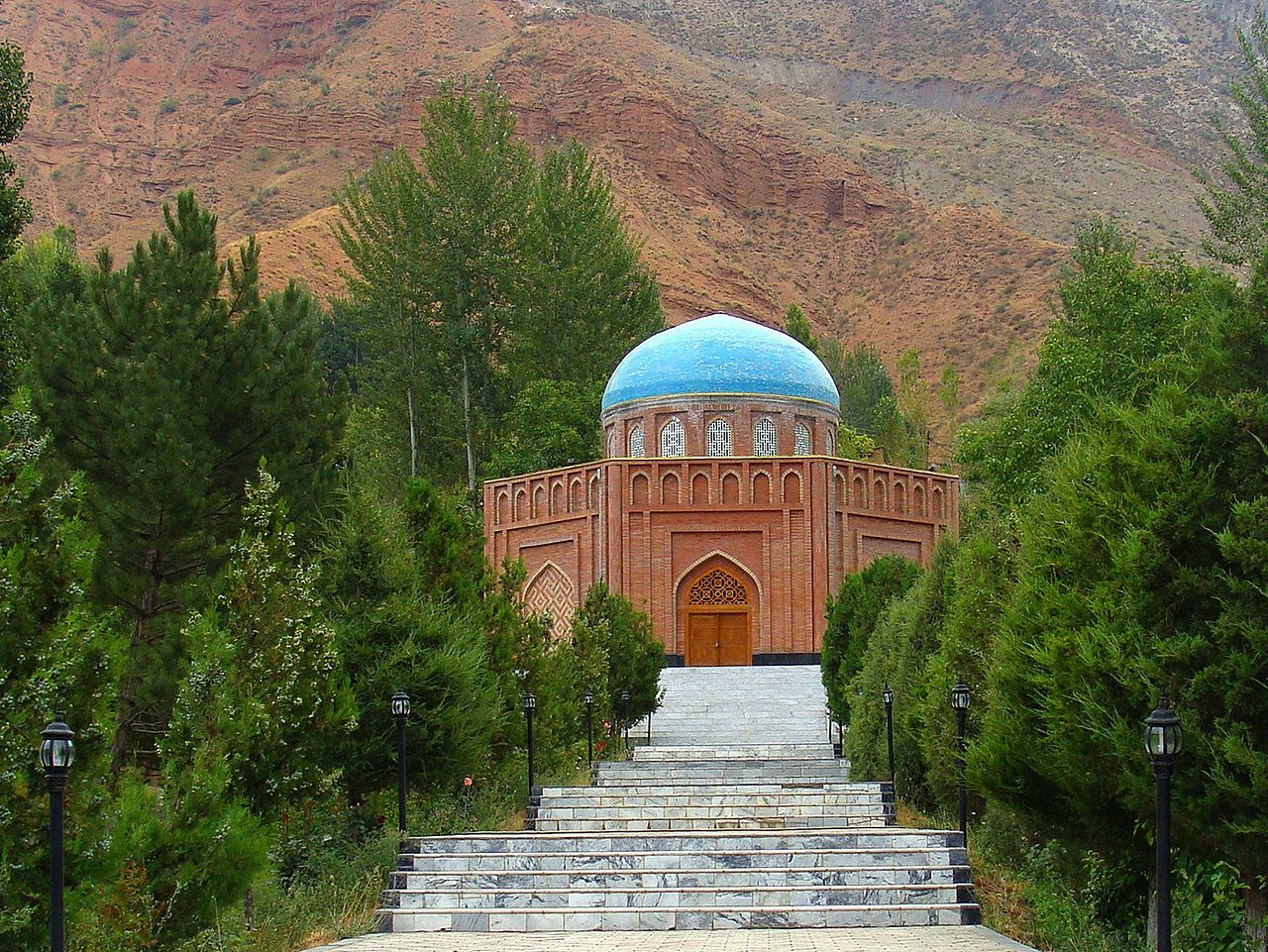 Mausoleum of Rudaki in Panjakent. Source: hmong.ru
Mausoleum of Rudaki in Panjakent. Source: hmong.ru
The city on the banks of the Zarafshan River was first mentioned in the 5th century. BC. Unique monuments of Sogdian sculpture, architecture and painting have been preserved here. The collection continues to be replenished with finds from the settlement located on the outskirts. The city is also famous for the mausoleum of the Persian poet Rudaki.
In 1976, in the vicinity of Penjikent, scientists discovered the remains of the city of Sarazm, whose name means “beginning of the earth.” In the IV – II millennium BC. artisans, farmers and livestock breeders lived here. The remains of dwellings and temples of fire have survived to this day. Sarazm is a UNESCO monument .
Safed Dara Ski Resort
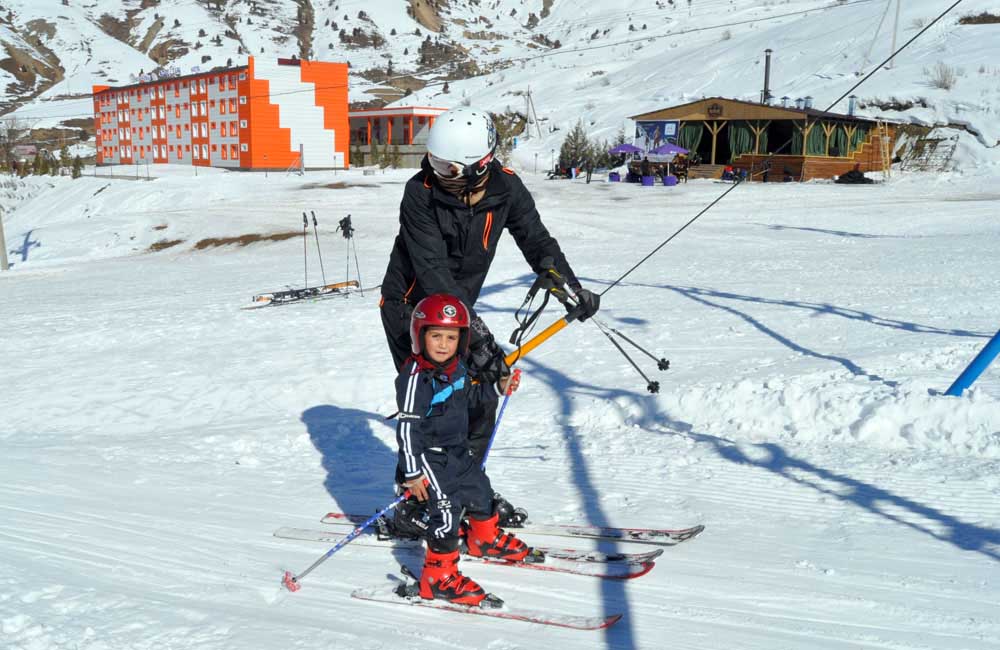 Ski resort Safed-Dara. Source: khovar.tj
Ski resort Safed-Dara. Source: khovar.tj
From mid-October to mid-March you can go skiing in Safed Dara. The only ski resort in Tajikistan is located in the village of Takob, 55 km from Dushanbe. It includes 2 km of illuminated trails, an ice rink and a spa complex, and additional entertainment includes tubing and snowmobile rides.
Active recreation in Tajikistan
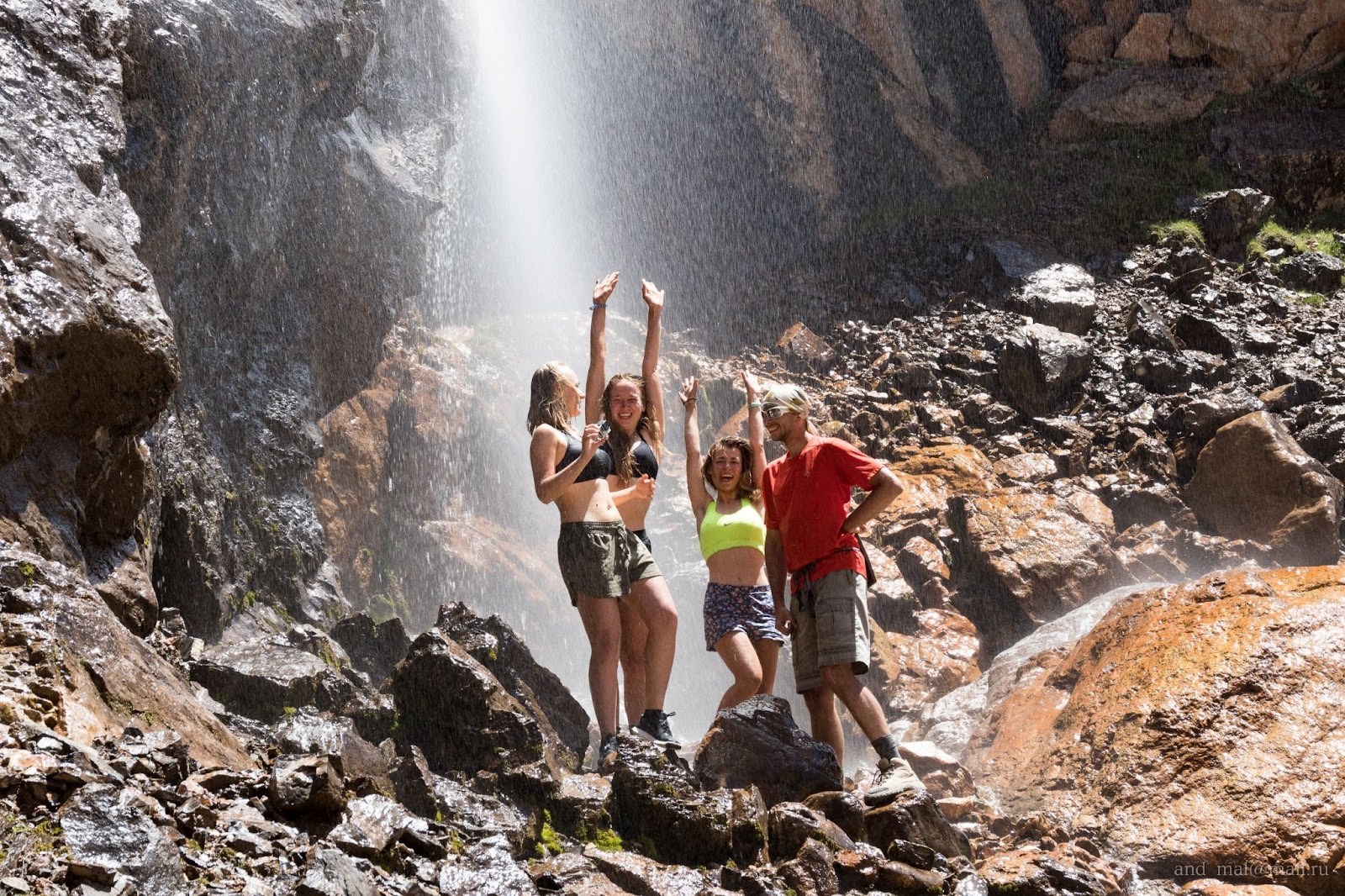 Trekking with PIK in the Fann Mountains
Trekking with PIK in the Fann Mountains
Active holidays in Tajikistan are adventures for every taste:
- trekking in the Fann Mountains;
- mountaineering in the Pamirs (climbing Lenin Peak and Korzhenevskaya Peak);
- rafting in Muksu;
- rock climbing (Fan Mountains, climbing walls in Dushanbe);
- walks in national parks (Shirkent, Sari-Khosor, Tajik National Park);
- off-road tours.
When to go to Tajikistan
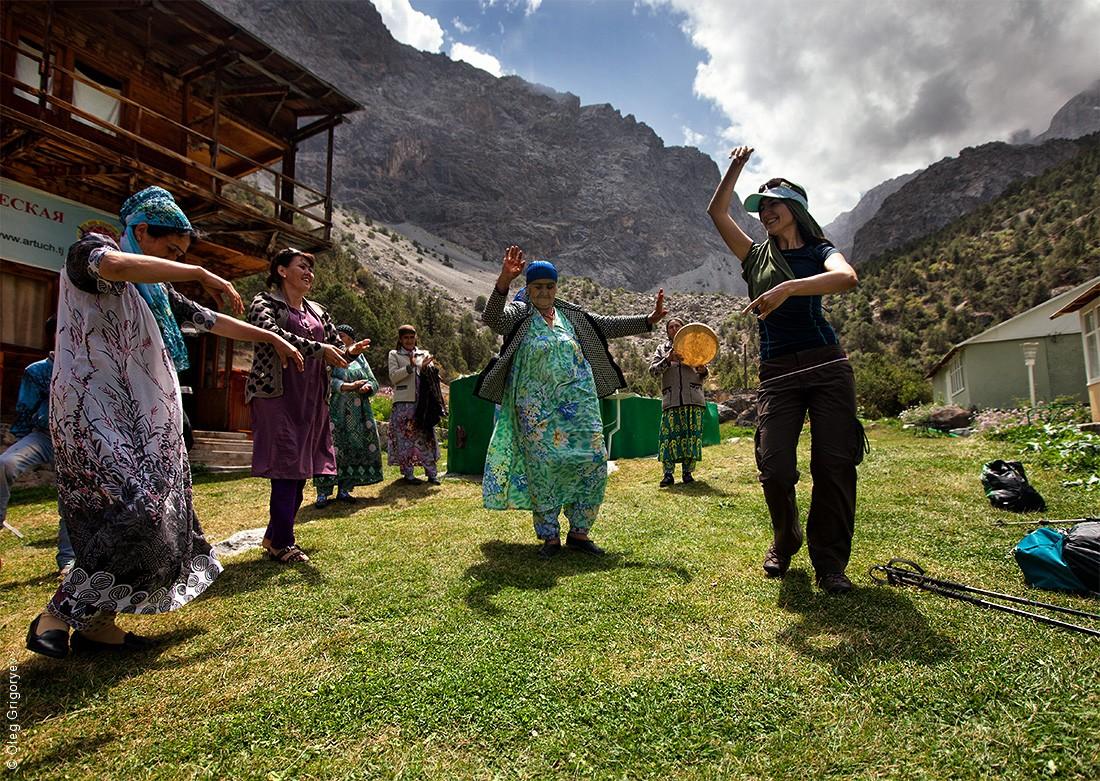 Summer in the Fann Mountains
Summer in the Fann Mountains
The best time for outdoor activities, incl. trips to the mountains – summer, from June to September. At this time, the warmth of the southern sun is pleasantly complemented by the coolness from the peaks. It is hot in the valleys, up to +40, but there are a lot of delicious fruits in the bazaars.
From April to October, the Pamir Highway is available. In winter, snowstorms rage here, and many passes are closed.
Traveling around Tajikistan in autumn is walking around the cities in pleasant warm weather. New fruits appear on the shelves. In early autumn, you can still see Iskanderkul.
City sightseeing is also possible in winter. You will have to travel between cities by plane.
.jpg) Nowruz in Tajikistan. Source: asiaplustj.info
Nowruz in Tajikistan. Source: asiaplustj.info
In spring, the valleys are covered with grass, and the mountains shed their snowy burqa and put on a light sheila. On the day of the spring equinox, the ancient holiday of Navruz falls – at this time, there are wide festivities throughout the country. Traveling in spring means enjoying blooming nature and warm sun.
How to get to Tajikistan
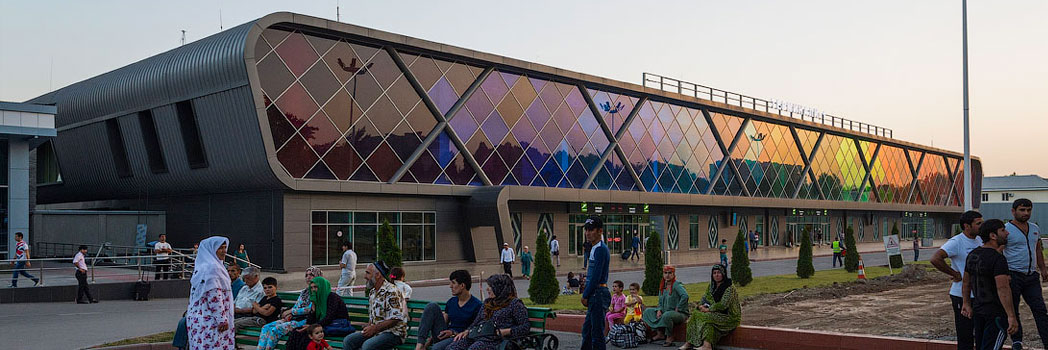 Dushanbe airport. Source: avia-adv.ru
Dushanbe airport. Source: avia-adv.ru
The most convenient way to get to Tajikistan is by plane. There are 4 international airports in the country: Dushanbe, Kulyab, Khujand and Bokhtar. Dushanbe has a connection with Moscow, St. Petersburg, Yekaterinburg, Samara, Kazan, Ufa, Chelyabinsk, Novosibirsk, Krasnoyarsk, Sochi and Minvody.
Also from the capital of Tajikistan you can get by air to Tashkent, Istanbul, Dubai and Alma-Ata, which is convenient when planning long trips abroad.
For comfortable air travel, we have written a baggage guide .
From April 2022, you can get to Tajikistan by land through Kazakhstan and Uzbekistan. As of May 2022, railway communication with Tajikistan has not been restore.
To enter the Russians need a passport, stay up to 90 days – without a visa.
Transport in Tajikistan
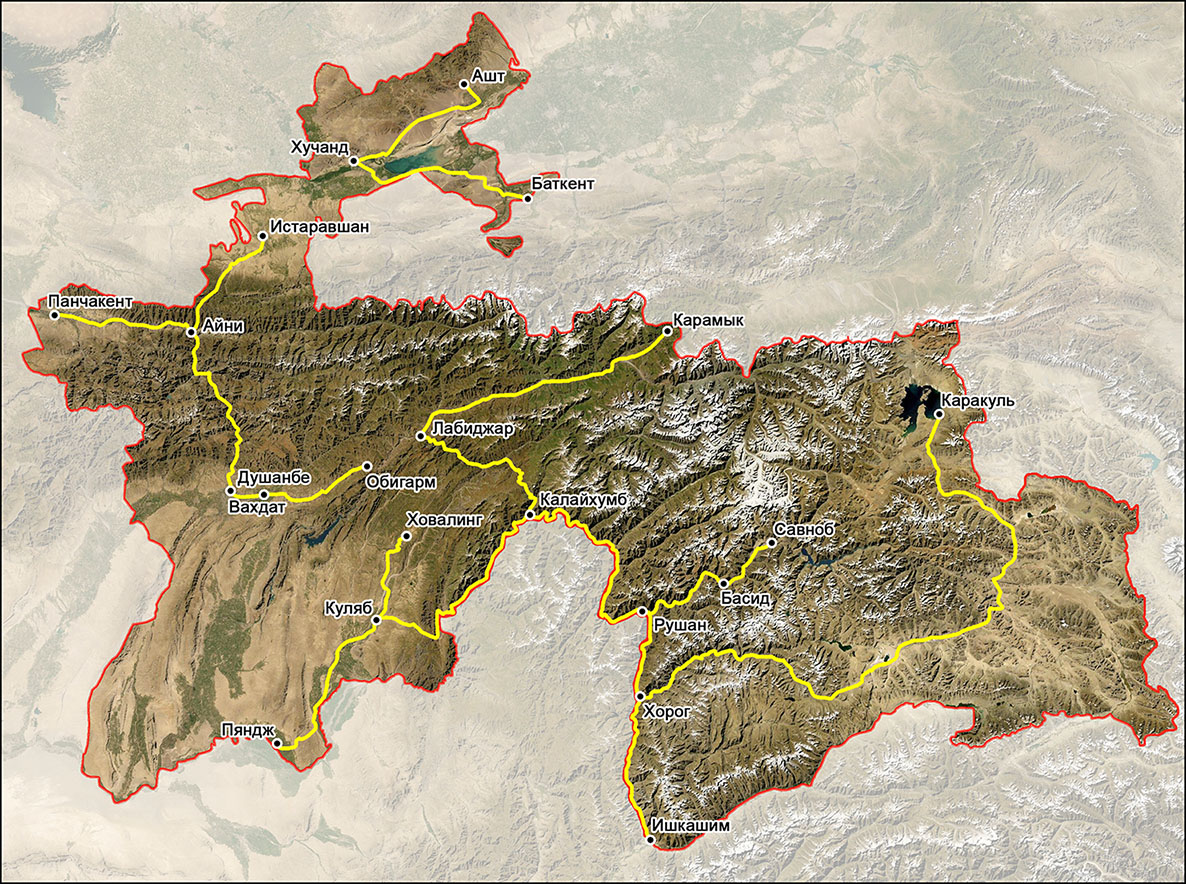 Road map of Tajikistan. Source: printkart.rf
Road map of Tajikistan. Source: printkart.rf
The main means of transportation in Tajikistan are buses. From the Dushanbe bus station you can get to popular tourist and other cities of the republic, as well as to Uzbekistan and Kyrgyzstan.
Railways of Tajikistan as of 2008 Source: railway-archive.studio-petukh.ru
Railway communication due to the difficult terrain is poorly develope. The length of railways is only 680 km (as of 2018). These are 2 lines isolate from each other: from Nau to Shurab and from Termez through Dushanbe to Shaartuz with a branch of Kurgan-Tube (now Bokhtar) – Kulyab.
Afterword
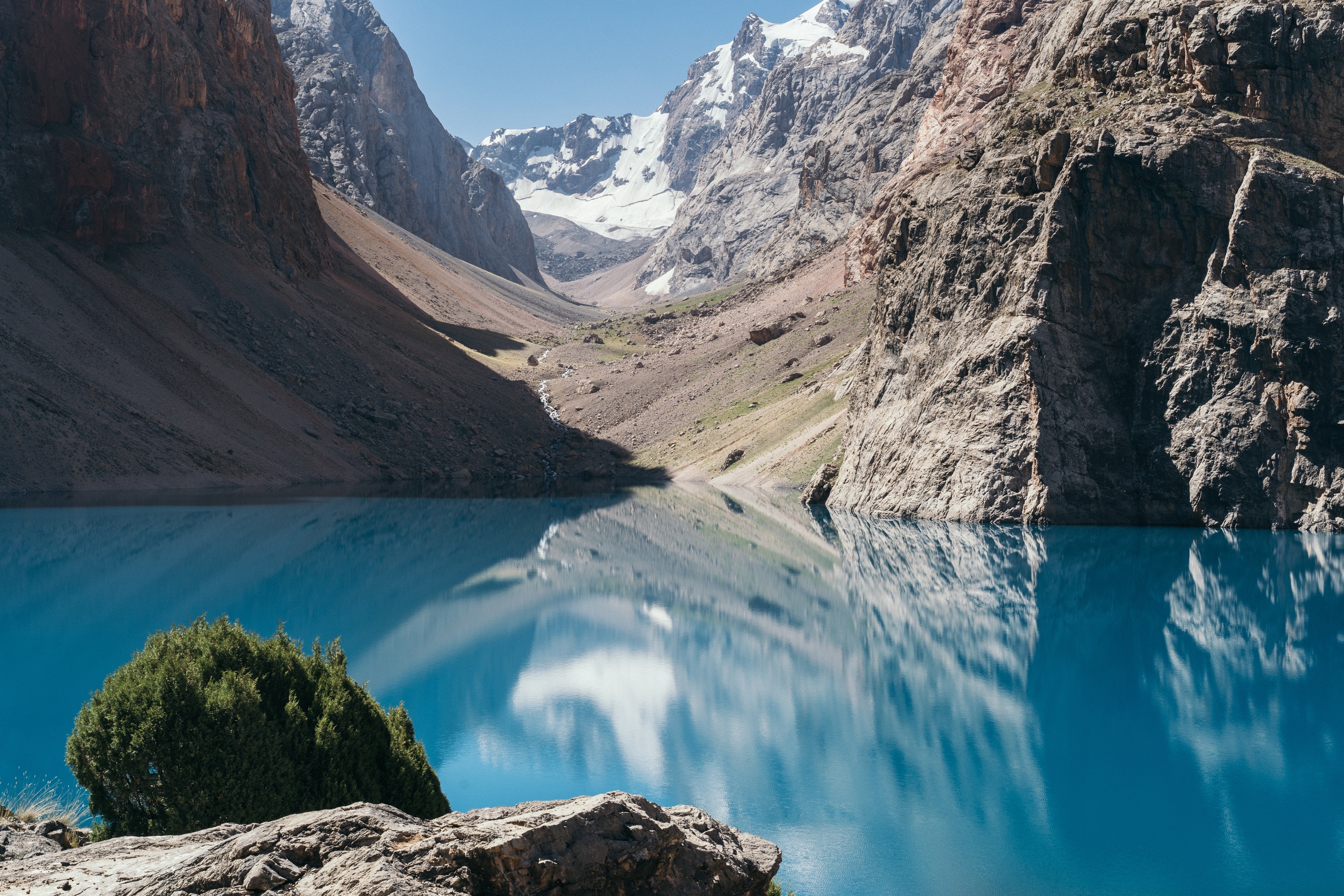 Beautiful Fann Mountains
Beautiful Fann Mountains
Tajikistan is an underestimated pearl of Central Asia. Difficult terrain, the lack of Internet, cellular communications and even household amenities in remote villages complicate the development of tourism. But by doing so, they allow you to get acquaint with the original culture of the people and make traveling around the country even more beautiful.




